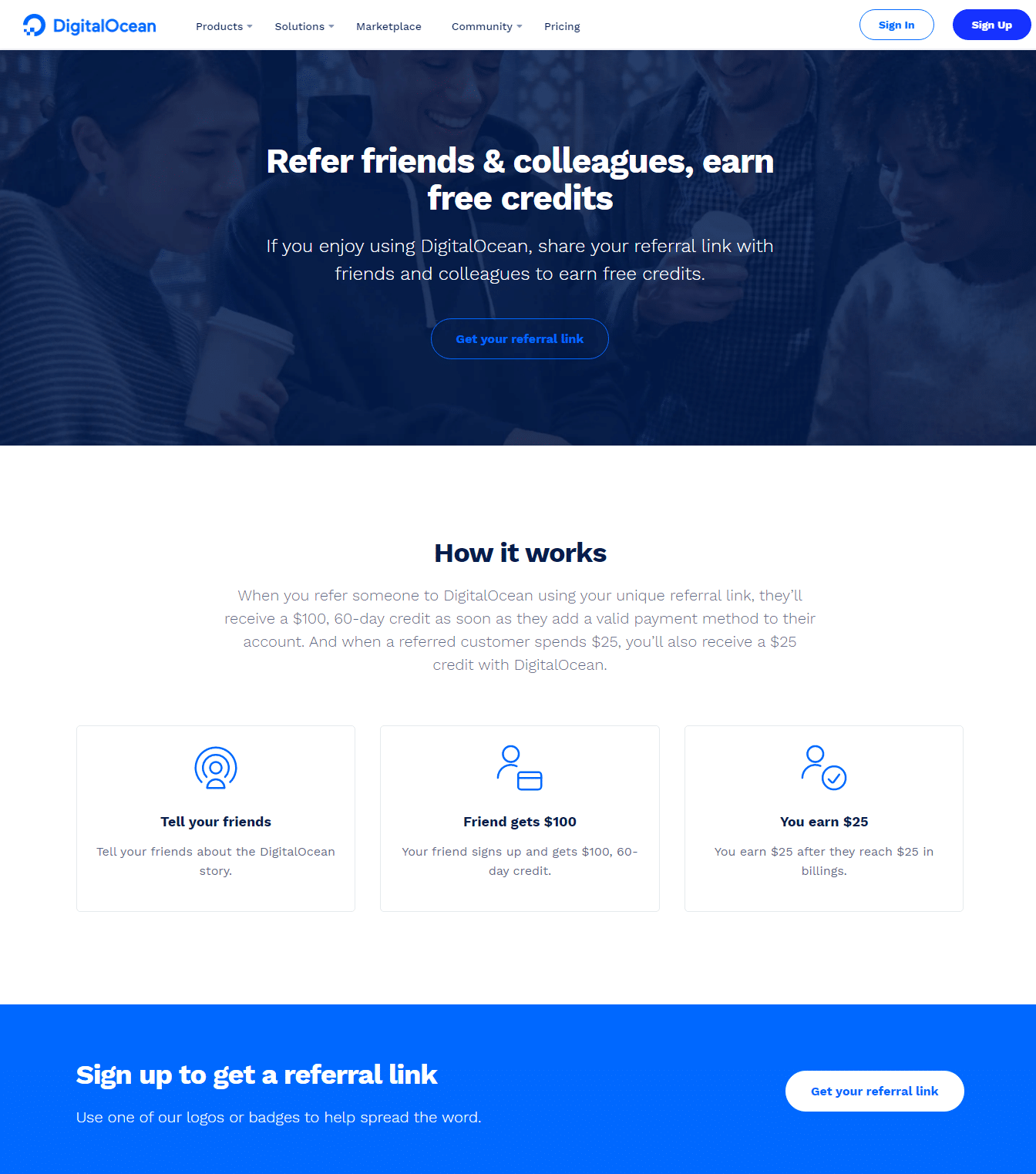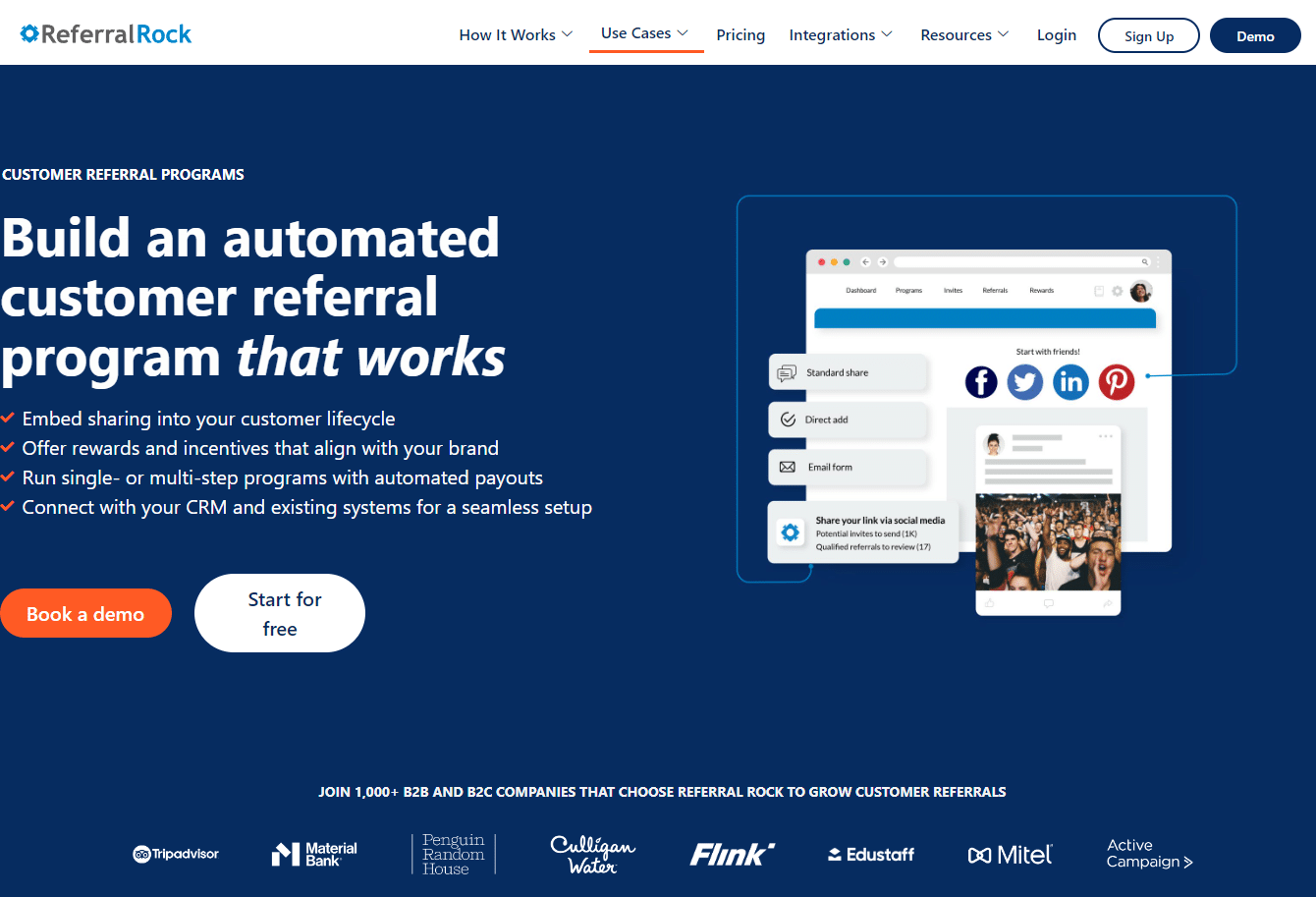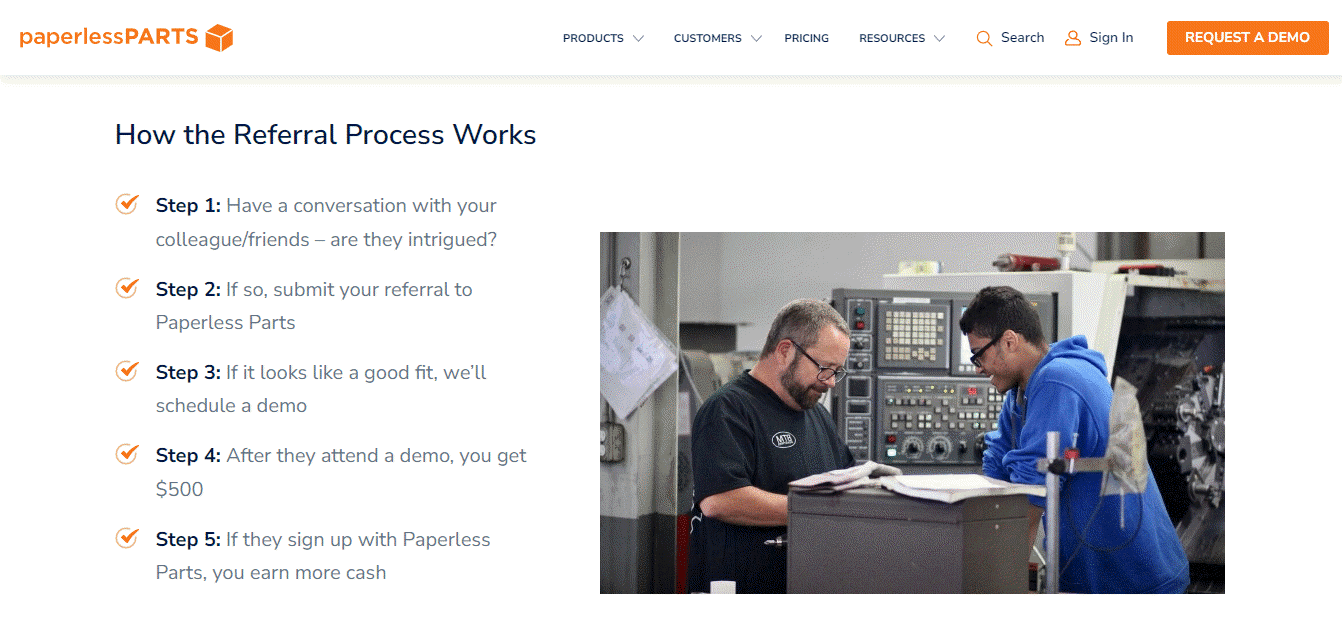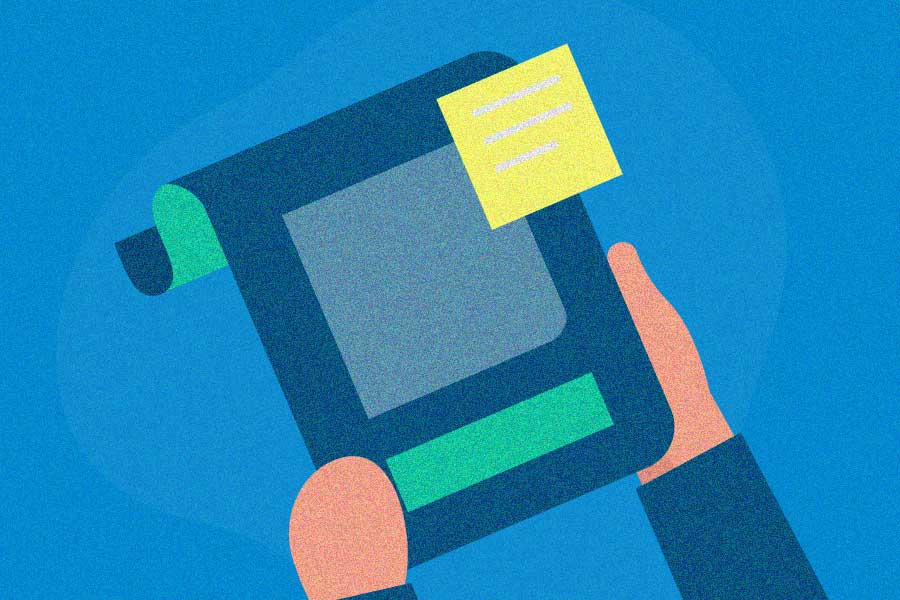Word-of-mouth referrals are one of the most powerful ways to generate leads. A referral program incentivizes your current happy customers to spread the word and refer their friends, family members, and colleagues to your business. This results in fresh leads you likely wouldn’t have gotten otherwise.
Referred leads also convert at a high rate since they already trust you based on the referral. Read on to learn how to launch your own lead referral program to skyrocket lead generation.
What are referral leads?
Referral leads are leads that come from people in your existing network. For example, a satisfied customer might recommend your product to a friend. That friend becomes a referral lead. Referral leads have an advantage over other lead sources—they already trust you before ever contacting you. Their connection with the referrer gives you instant credibility.
This pre-established trust makes them more likely to convert to customers. It also makes them less likely to churn later. In short, referral leads convert better and have higher lifetime value.
What is a lead referral program?
A lead referral program motivates customers, partners, employees, or other connections to recommend your business. It rewards people for successful referrals that turn into new leads for your sales team. This structure turns your happy customers, and other fans, into a sales force.
For example, an insurance agency might reward clients $100 for each friend they refer who gets a policy quote. The key is properly incentivizing referrals to make the program succeed.
Lead referral programs work especially well for B2Bs, as well as service-based businesses and companies with long sales cycles. The programs generate high-quality leads who already know and trust you.
Benefits of lead referral programs
Compared to other lead generation tactics and digital marketing strategies, implementing a structured lead referral program comes with numerous unique benefits that make it a highly effective method for producing qualified, sales-ready leads. While referral programs do require upfront planning and effort to set up, their ROI potential is immense.
Lead referral programs offer many advantages over other lead gen tactics:
- You can track exactly where each referral comes from with unique referral links.
- Lead referral programs tap into the power of trust and social proof. People trust referrals from those they know far more than ads. It’s a quick way to increase brand awareness.
- Referred leads convert at a much higher rate thanks to the built-in trust factor.
- Referred customers tend to be very loyal long-term customers. They have higher lifetime value.
- Referral programs are cost-effective. You only pay out rewards after receiving results.
- They are low-risk, because you don’t pay any referral fee until someone brings a new lead or customer.
- Rewards incentivize customers to keep referring others to your business.
Lead referral program best practices
Creating a killer lead referral program takes some strategy. Follow these best practices to maximize your results:
Know your best referral sources
Think about who can refer the most relevant leads to your business. For most companies, existing pleased customers are the best source. But you may also get quality referrals from others, like:
- Employees: Your team interacts with customers daily. They can pick up on who may send in strong referral leads, and directly ask those delighted customers to refer friends. Some companies offer employee referral rewards.
- Partners: Identify strategic partnership opportunities with businesses that serve the same audience, but don’t directly compete with you. Their customers likely need your services, too. Partners can refer leads to each other. For example, a landscaper might partner with home contractors, who can recommend landscaping services to new homeowners they serve.
- Businesses in related industries: Look at companies in tangentially related verticals that share target demographics. Their customers may also be interested in your offering. For example, a clothing boutique might partner with a jeweler or accessory shop to swap customer referrals.
The key is identifying win-win referral partnerships where you can reciprocate by also referring leads. Look beyond just current customers to grow your referral network through creative partnerships.
Ask for referrals at the right time
Customers are only human. Your best bet is to ask for referrals when they are most satisfied and delighted with your business. Capitalize on moments when they are feeling especially enthusiastic about you. Good times to request referrals include:
- Right after a purchase, when excitement is high
- After they have given you praise on social media or left a positive review – this signals they are likely to refer.
- Sending a billing/invoice statement for a satisfied customer
- Following up on an in-person interaction where the customer gave exceptionally positive feedback
- When you know, through surveys or feedback, that they were very satisfied with the experience
- If they have already organically recommended you outside your referral program – ask them to recommend other leads to earn a reward.
The key is striking while the iron is hot and capitalizing on moments of delight to get the highest opt-in rate.
Reward advocates for leads and sales
To encourage more referral signups, consider rewarding both leads and sales, especially if your funnel is multi-step or longer than average. This structure provides incremental referral incentives.
Give a smaller reward when an advocate refers a new lead who gets qualified by your marketing team. This incentivizes them to bring you “warm” high-potential leads.
Then, give a larger reward if that same lead makes a purchase. Doing so motivates advocates to refer only very qualified leads who are likely to convert to customers.
Make sure referral rewards are compelling enough to get advocates excited about participating. The incentive should be worth their time and effort.
Reward the new customer, too
You can take rewards a step further by offering a double-sided reward. This adds an incentive directly to referred leads for making their first purchase, which further encourages them to convert into paying customers. For example, a chiropractor can offer a free massage with the first appointment. And a landscaper might have a $50 off first service coupon.
You’ll often see SaaS companies giving a month of free service, or credits towards a subscription. The key is making the reward relate to your business offering while making that first purchase more enticing.
Use referral software as your backbone
Dedicated referral software automates referral program creation and administrative tasks. Instead of running a referral program manually, use software to automate and optimize the process. Referral software provides many benefits:
- Automates referral submissions with unique trackable links
- Instantly issues rewards when referrals convert to leads and sales
- Provides analytics to monitor performance and pinpoint improvements
- Enables A/B testing to determine what reward amounts, messaging, etc, works best
- Makes it easy to scale your referral program up or down as needed
Be sure to select a software that can give rewards for both leads and sales. Most software can’t handle these multi-step reward processes, but Referral Rock can. Also, pick software that integrates with the sales and marketing tools you already use, including your CRM.
Referral Rock software can handle the entire process, from referral collection to reward delivery and analytics, and integrate with CRMs and other key lead generation tools.
Make referring leads easy
Next, aim to minimize steps to referral submission. You should be able to describe the program and its rules in 3-5 easy steps.
Provide an online lead referral form that’s easy to find and use, with few form fields. Even better, use a software – like Referral Rock – that registers referrers’ info automatically when they’ve logged into their portal, or that lets referrers instantly log in by clicking an email link. This pre-populates the referrer’s info, so they don’t have to enter anything.
Offer quick sharing options like submitting via text, social media, or email. And don’t ask for too much info about the referred lead in form fields; you can get more info from leads later.Only ask for essential info to make the referral process quick and easy for your partners.
Send an email from the referrer to the lead
When a referral is submitted, send an email from the referrer to that lead, in the referrer’s name. This email often makes the first impression on leads, so avoid language that is too salesy. Make it sound conversational yet compelling.
Ideally, at least part of the message should be in the referrer’s own words (a personalized, typed message that the referrer adds before sending to a friend). But you can also use a prefilled message that sounds like the referrer wrote it, or suggest what they could include in the message, to make writing it easy. That way, you’re taking some work off the referrer’s plate, all while keeping the referral process personal and engaging.
Explain why the lead should purchase, including key values and USPs. And include an eye-catching CTA, to encourage the friend to take action.
Promote your referral program
Don’t keep your referral program a secret. Spread the word about your referral program on your website, emails, social media, and other channels, reminding happy customers of the opportunity to earn rewards for referrals.
Keep the program top of mind by promoting your referral program:
- On your brand’s main website
- In referral emails sent to your existing customers – all should receive an email, but the email should feel personal
- In newsletters and other updates that aren’t specifically focused on your program
- Through social media posts
- In email signatures and social media bios
- In your customer portal, if you have one
- In direct conversations – don’t be afraid to ask for referrals!
Express your thanks for referrals
Show your advocates you appreciate their efforts and that you value their partnership. Send a personalized thank you note each time someone refers a new lead or customer that converts.
You might also post a public social media thank you to recognize their contribution, especially if the referred friend made a big-ticket purchase. Positive reinforcement encourages more referrals. People want to feel acknowledged for helping your business.
Track your results
Use your referral software’s analytics to monitor key program metrics. Set specific goals for the number of referred leads and sales per month. Keep track of conversion rate, lifetime value, retention rate of referred customers, and more. Then, compare these results to your results from other lead generation and sales sources.
If you aren’t hitting targets, try optimizing different program variables like rewards or referral messaging via A/B tests. Let data guide decisions to improve performance.
Careful tracking is key to maximizing the ROI of your lead referral program.
Launch a lead referral program today
Lead referral programs turn happy customers into a sales force. They generate high-quality word-of-mouth marketing. Follow the best practices we outlined to build an effective program that mobilizes your best advocates. With the right structure and promotion, referral leads can become your most valuable channel. A solid referral program will continually feed your sales funnel fresh leads.
If you’re ready to launch a results-driven referral program, consider using referral software like Referral Rock to automate and optimize the process. With the right software in place, you can turn customer referrals into your most powerful lead source.









